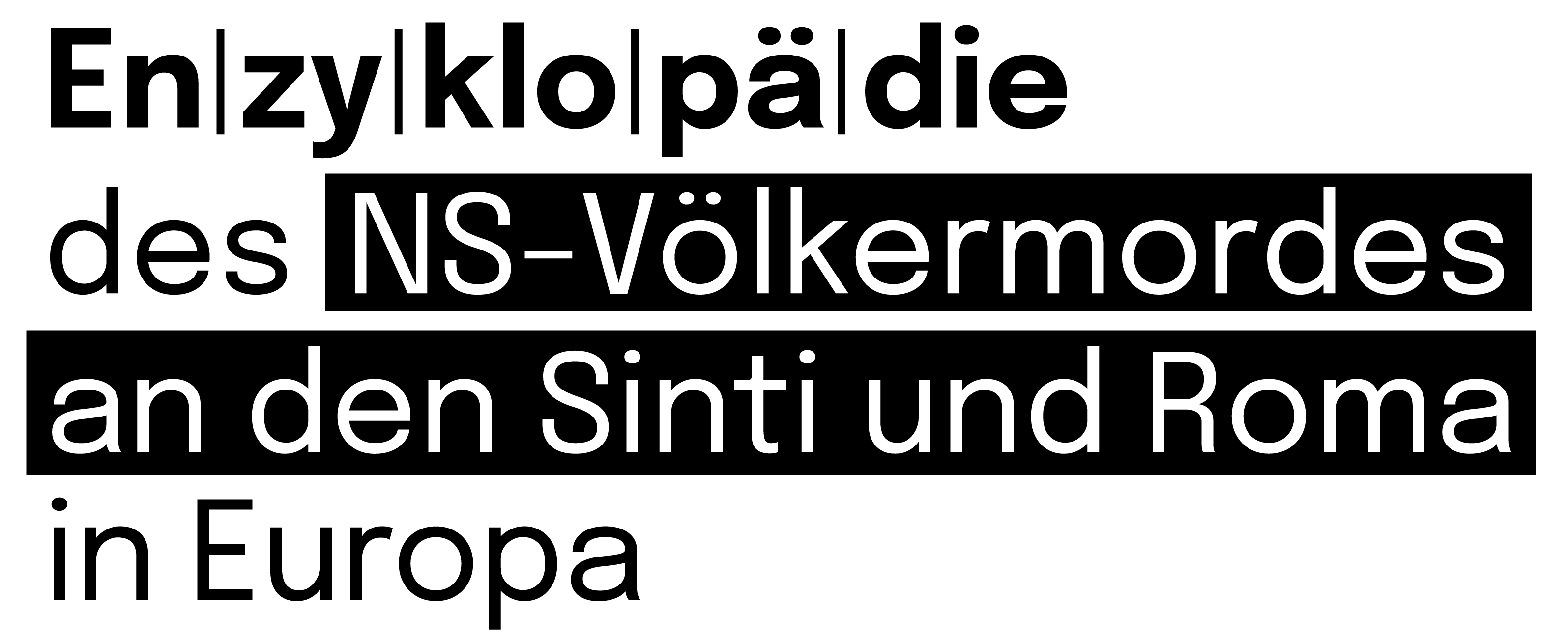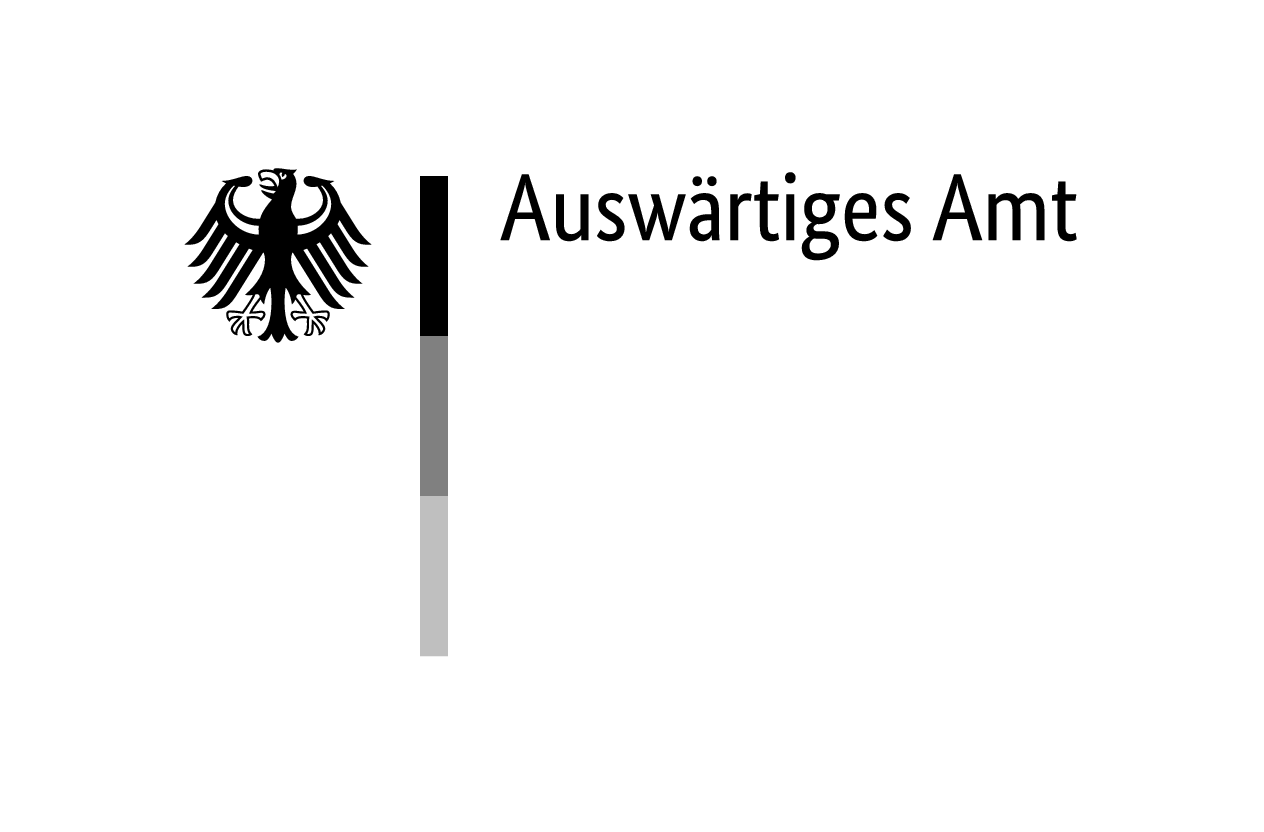Zoni Weisz, born Johannes Weisz on 13 March 1937 in The Hague, Netherlands, was the eldest son of Jacoba Gerarda Weisz-Vos (1916–1944) and Johannes Weisz (1914–1944). His father was the child of Sinti from Lithuania and Germany, his mother the daughter of an Italian Sinto circus artist and a Dutch woman from a family of travellers. In 1939 and 1941 Zoni’s sisters Rakli (1939–1944) and Lena (1941–1944) were born, and in 1943 baby brother Emile (1943–1944). Before the war, the Weisz family travelled through the country in a caravan measuring 5.5 by 2.2 meters drawn by a horse. Johannes Weisz earned his living by selling products from door to door. He was also an instrument maker.
Escaping Deportation
After the German invasion of the Netherlands in May 1940, the Weisz family was able to continue their existence for about three years. In 1943, travelling was banned. Johannes Weisz sensed the danger approaching and moved his family into a house at Laarstraat 85 in Zutphen. This was a house from which a Jewish family had been taken in 1942 for internment in camp Westerbork and later deportation, like almost all the Jews in The Netherlands in that period. Although Zoni Weisz also ecountered Antigypsyism during this time, he generally experienced his stay in Zutphen as pleasant; he was able to go to school, got to know his maternal grandparents, and got more structure in his life.
On 16 May 1944, the nationwide round-up of Sinti and Roma took place in the Netherlands. The Weisz family was arrested and taken to Westerbork. Zoni Weisz avoided being in by a twist of fate because he was staying with his aunt and cousins on 15 May. That family was also arrested, but thanks to a policeman they missed the train in Assen. This police officer took Zoni, his aunt and her children to the station in Assen on the orders of his superiors, but managed to help them escape just before they were to board the deportation train to Auschwitz-Birkenau concentration and extermination camp.
The rest of the Weisz family was deported from Westerbork to Auschwitz-Birkenau on 19 May 1944. There Jacoba, Rakli, Lena and Emil Weisz were murdered in August 1944. Johannes Weisz succumbed to the hard slave labour and poor living conditions in Mittelbau-Dora concentration camp on 13 November 1944.
After the escape from the train station in Assen, Zoni Weisz lived in the forest with his aunt and her family for a year. After the liberation he lived with his grandparents and finally with his other aunt Helena ‘Leen’ Vos (1911–unknown). She made sure he went to school and completed his education. Zoni Weisz went into the flower trade, studied gardening and landscape architecture and art history, and became a Dutch grand master, arranging the flowers at royal weddings and funerals. In 2002 he was honoured for this by the Dutch crown.
Witnessing
Zoni Weisz has spent decades telling the story of the persecution and genocide of the Sinti and Roma. He has given hundreds of guest lectures in schools, and addressed the German Bundestag on Holocaust Memorial Day 2011 and the United Nations General Assembly on 27 January 2016. In 1999 Zoni Weisz played an important role in the negotiations with the second Kok cabinet about compensation for the poor treatment of Sinti and Roma survivors by the Dutch state after World War II. And he wrote the book ‚De vergeten holocaust‘ [The forgotten Holocaust], which came out in 2016.
On 18 April 2023 Stolpersteine (Stumbling Stones) for the Weisz family were unveiled in the Laarstraat in Zutphen.




